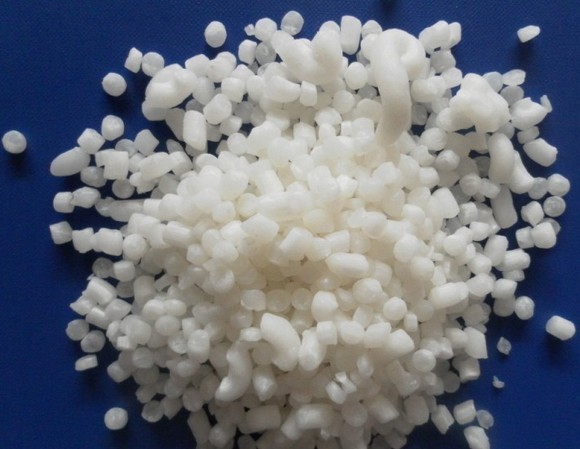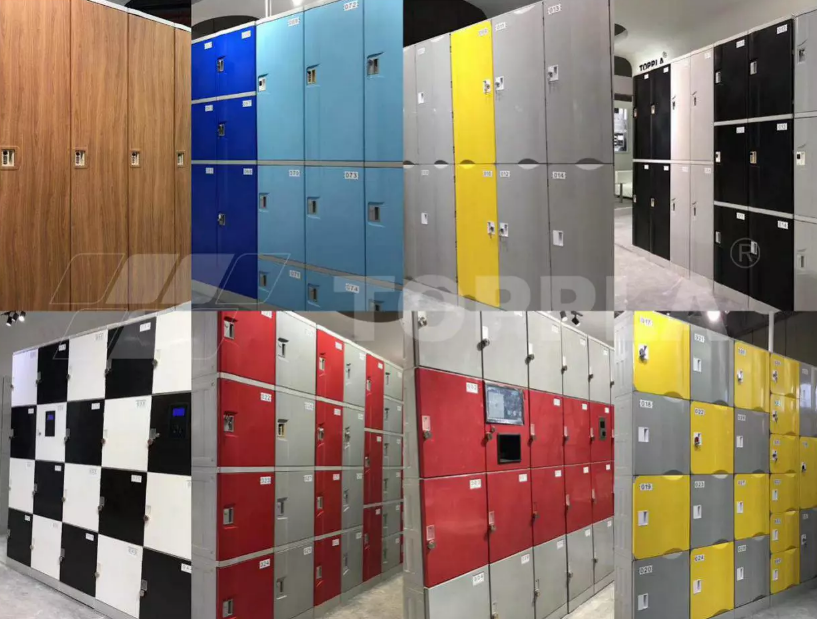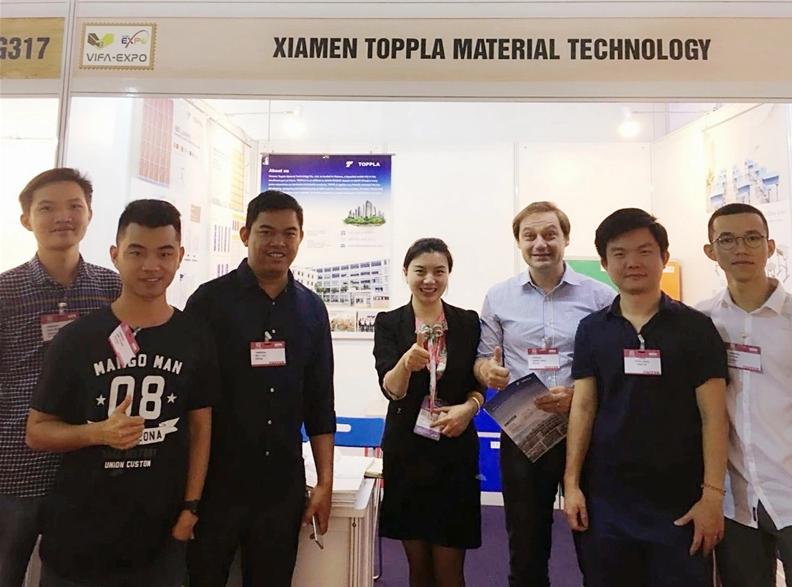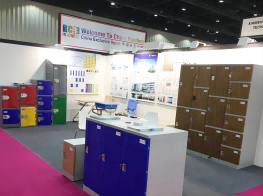ABS Processing Techniques
This technical article introduces some processing techniques of Acrylonitrile Butadiene Styrene.
Forming technique
Plastic ABS can be said the modification of polystyrene, which has higher impact strength and better mechanical strength than the HIPS. It has good process ability that can use injection molding machine, extrusion machine, and other plastic molding equipments for injection molding, extrusion, blow molding, calendaring, laminating, foaming, thermoforming and other process. ABS has high hygroscopicity, which needs to dry processing under 70~85℃, within 2~6h; ABS products in machining are prone to produce internal stress, which if is too large will craze the product. Then the product should be put in the 70~80℃ hot air circulation drying oven within 2~4h, and then be cooled to room temperature.
Extrusion technique
Plastic ABS can be applied to the production of pipe, plate, sheet, and so on. Pipe can be used for transmitting water, gas, oil, etc.; Plate and sheet can be used for flooring, furniture, pool tank, filters, wall insulation layer and thermoforming or vacuum forming. Extruder screw length diameter ratio is usually high, which is between L/D of 18~22, for compression ratio (2.5~3.0).
Shooting technique
ABS resin is developed on the basis of polystyrene resin modified terpolymer. It has three comprehensive performances, A (means Acrylonitrile) can improve the oil resistance, chemical corrosion resistance, so it can increase surface hardness; B (means Butadiene) makes ABS rubber normally toughness and improve the impact toughness; S (styrene) makes ABS present good liquidity, make have good performance of thermoplastic plastic molding processing. ABS plastic in China is mainly used in the manufacture of instruments and meters, household appliances, telephones, televisions and other shells.
ABS manufacturability
ABS is amorphous polymers with no obvious melting point. Due to its various brand quality, in the process of injection molding you should consider according to the different grades of formulating appropriate process parameters, which is in commonly above 160X and below 270C. Because high temperature tends to destroy the rubber phase in the ABS and appears decomposition. In the process of forming, ABS has good thermal stability with large selection range, so degradation or decomposition is not easy to appear. And ABS melt viscosity is moderate, whose liquidity is better than PVC, polycarbonate and so on, and the melt cooling curing speed is faster, which generally can be 5 to 15s. Liquidity of ABS is related to injection temperature and pressure. Therefore, in the process of forming, you can begin from the injection pressure to reduce the viscosity of the melt and increases molding performance. Because of the different components, ABS has different water absorption and the performance of the adhesive water. Sometimes in order to get ideal products, it should experience dry processing before forming, making the moisture content down to below 0,1%. Otherwise the surface will appear bubbles and other defects.





